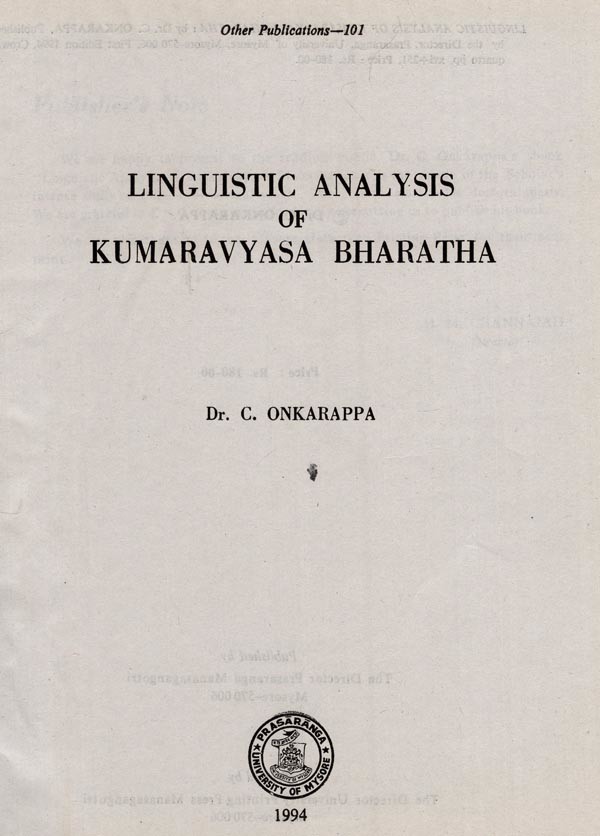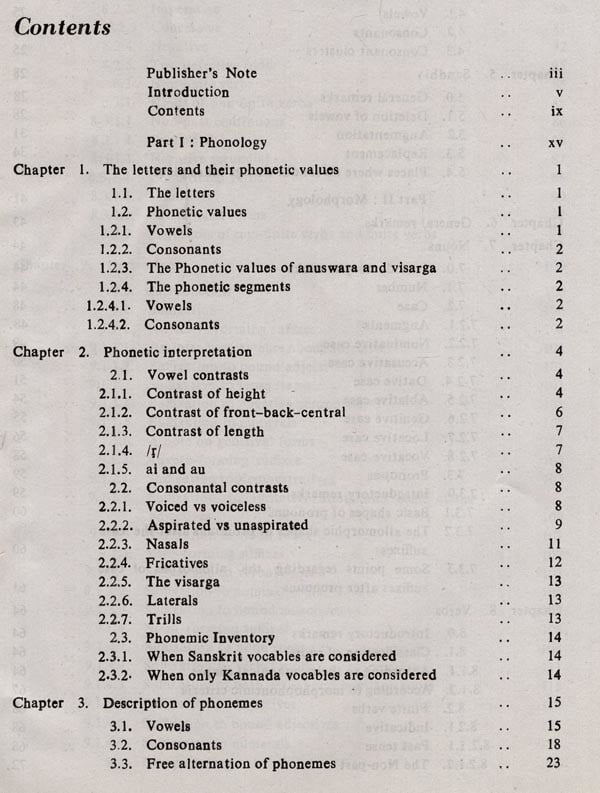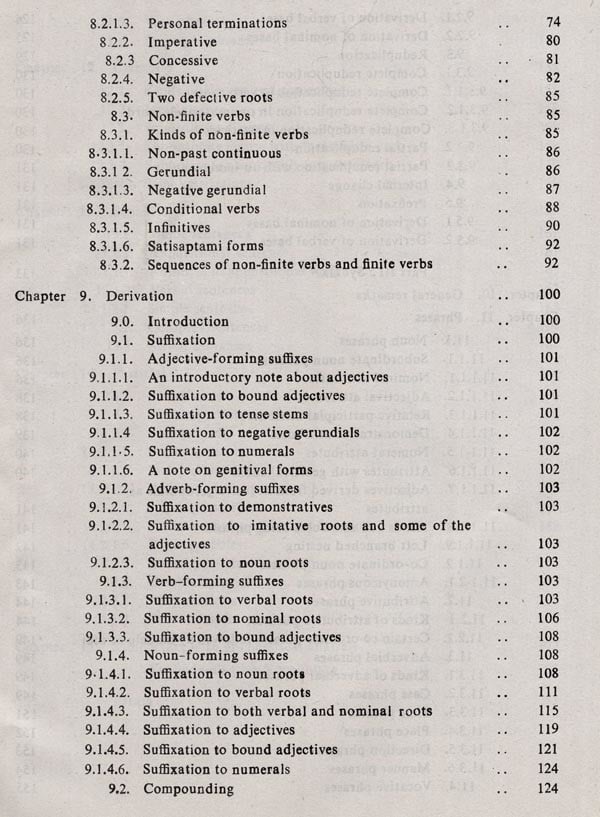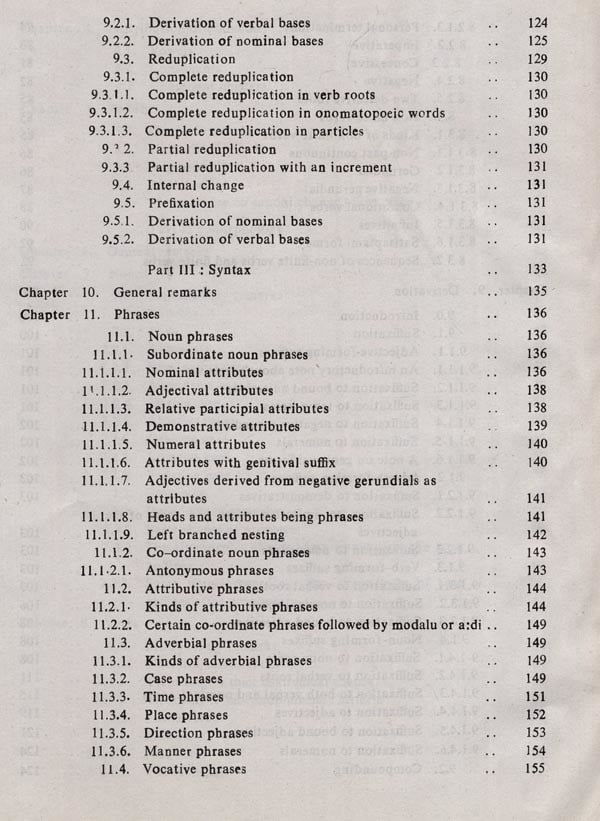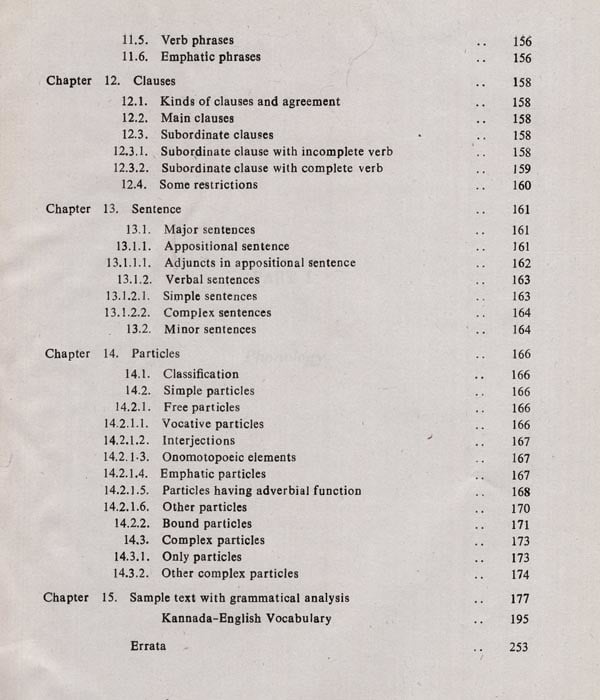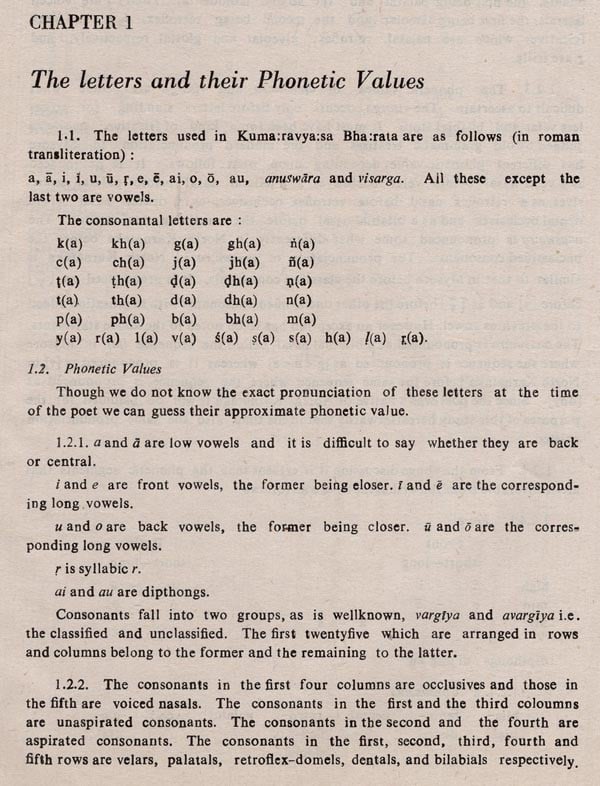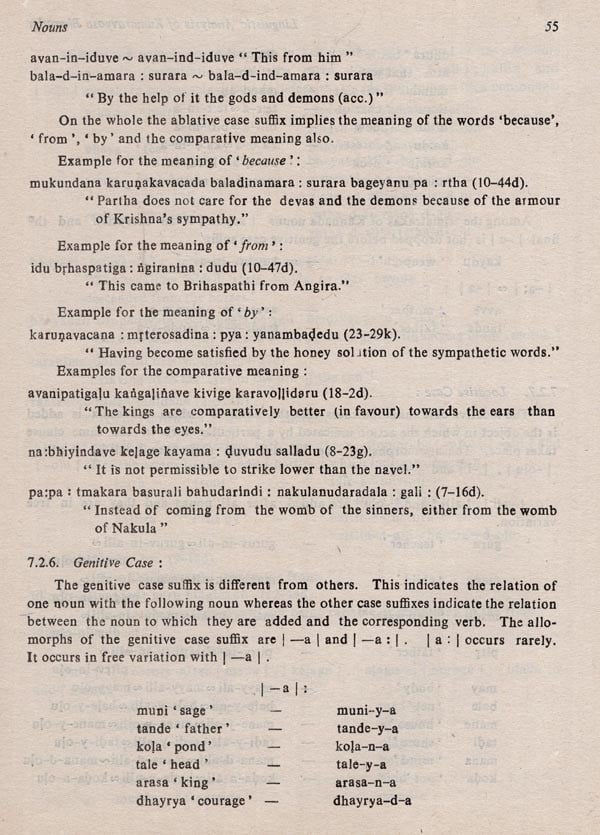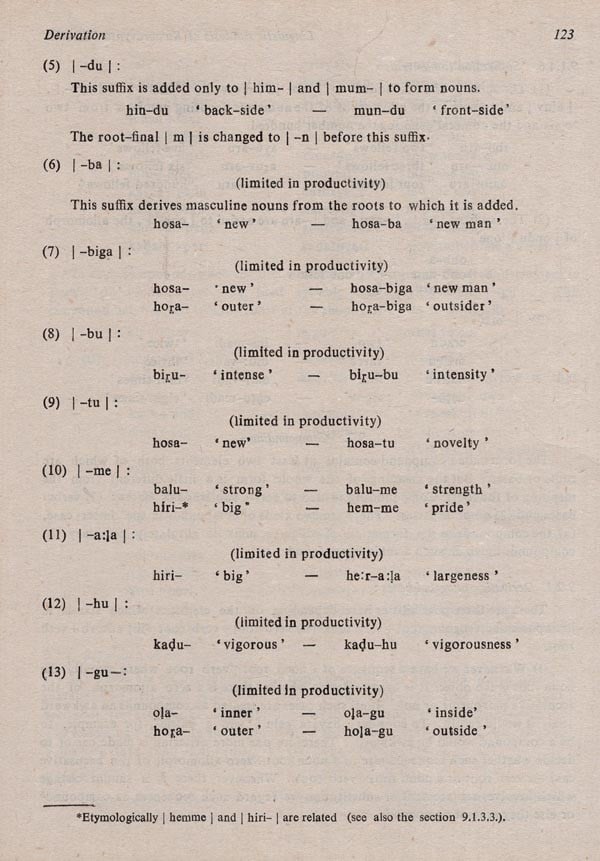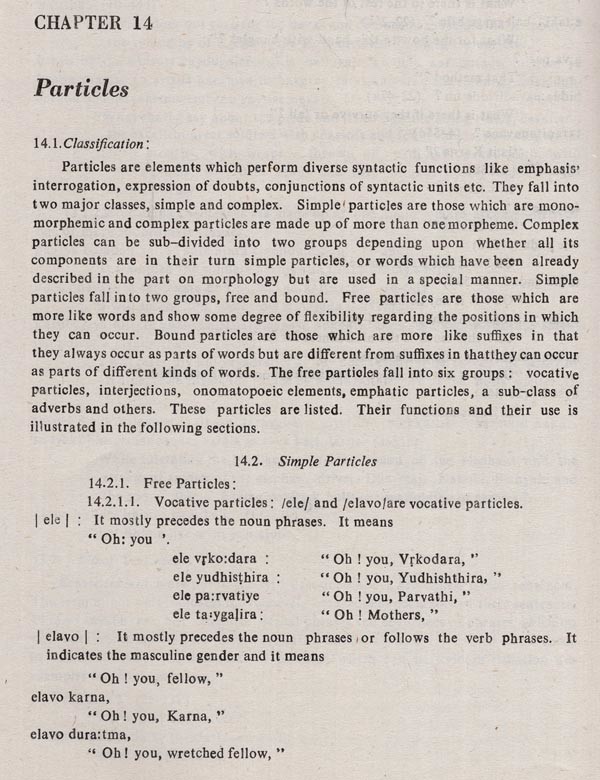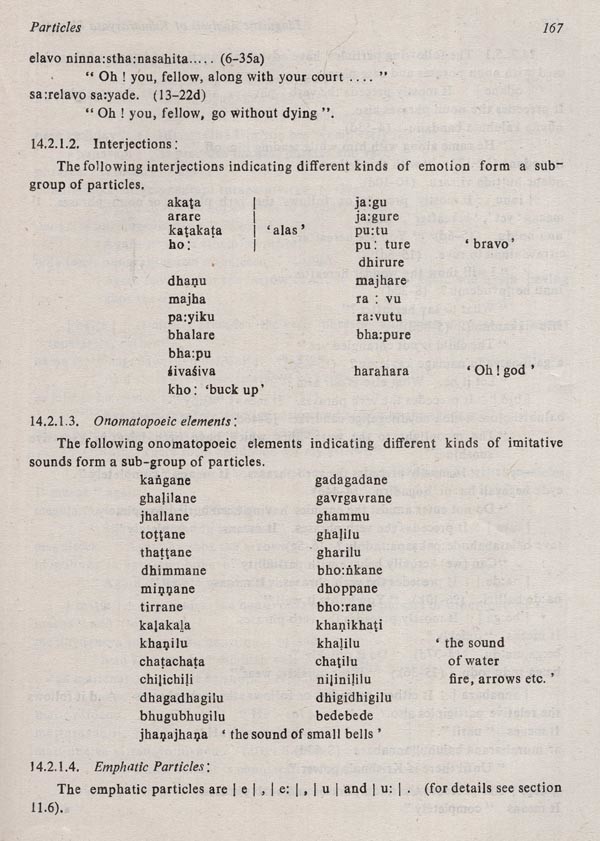About the Book Dr. C. Onkarappa was born the of freedom fighters Issur, Shikaripur Taluk, Shimoga District in Karnataka the month May 1938. author developed of Literature, Language Philosophy even from his childhood. his Intermediate took Kannada Honors and M.A. Course Maharaja's College, Manasagangotri Mysore during the years 1957 & 1961. He a student of Prof. Srikantaiah Prof. D. Narasimhachar, the well known scholars. After M.A. he under Research in Linguistics in Deccan College, Poona, under the guidance H. Biligiri during 1964-1967.
The present work is the result his deeprooted love Studies in Literature Linguistics.
Introduction This thesis attempts to analyse the language found in Kumaravjana Bharaths and describe the language as ured by the poet. Kumaravyass is the pen-name of the poet Gadugina Naranappa. He lived in Gadugu of North Karnataka. The name of the work is Karnata Bharata Kathamanjari. The popular name of the work in Karnataka is Gadugina Bharata, The exact date of the port is not yet decided oscilating from 13th century to the 16th. However for the present we can have 11 is 1430 A.D. to be the date of Naranappa, this being the date accepted by the Kannada dictionary committer, Kannada Sahithya l'arishat, Bangalore. The poet wrote only the first ten parvas of Mahabharata. In the last sundhis of Gadaparta he has summarised the story of two or three parvas However the remaining eight parvar are completed by a later poet called Thimmanna As is generally accepted by the critics and scholars of Karnataka, Kumaravyasa is one of the greatest poets that Kannada can be proud of.
The whole work is divided into ten parvas. Each parva is further subdivided into sandhis. Each sandl is prefaced by an introductory stanza which is half the length of the stanzas used throughout the work. The metre used by the poet is Bhomini Satpadi. Though its structure is well known to the scholars a brief statement about it is given below.
This metre as the name itself suggests, contains six lines. The first, the second, the fourth and the fifth lines are equal in length and contain fourteen matras each. These fourteen matras are segmentable into four ganas of 3-4-3-4 matras in that order. The third and the sixth lines are equal in length which is one and a half times. the length of the other four lines plus a guru. The last syllable of the third or the sixth line is regarded as guru even though it is a laghu.
**Contents and Sample Pages**
